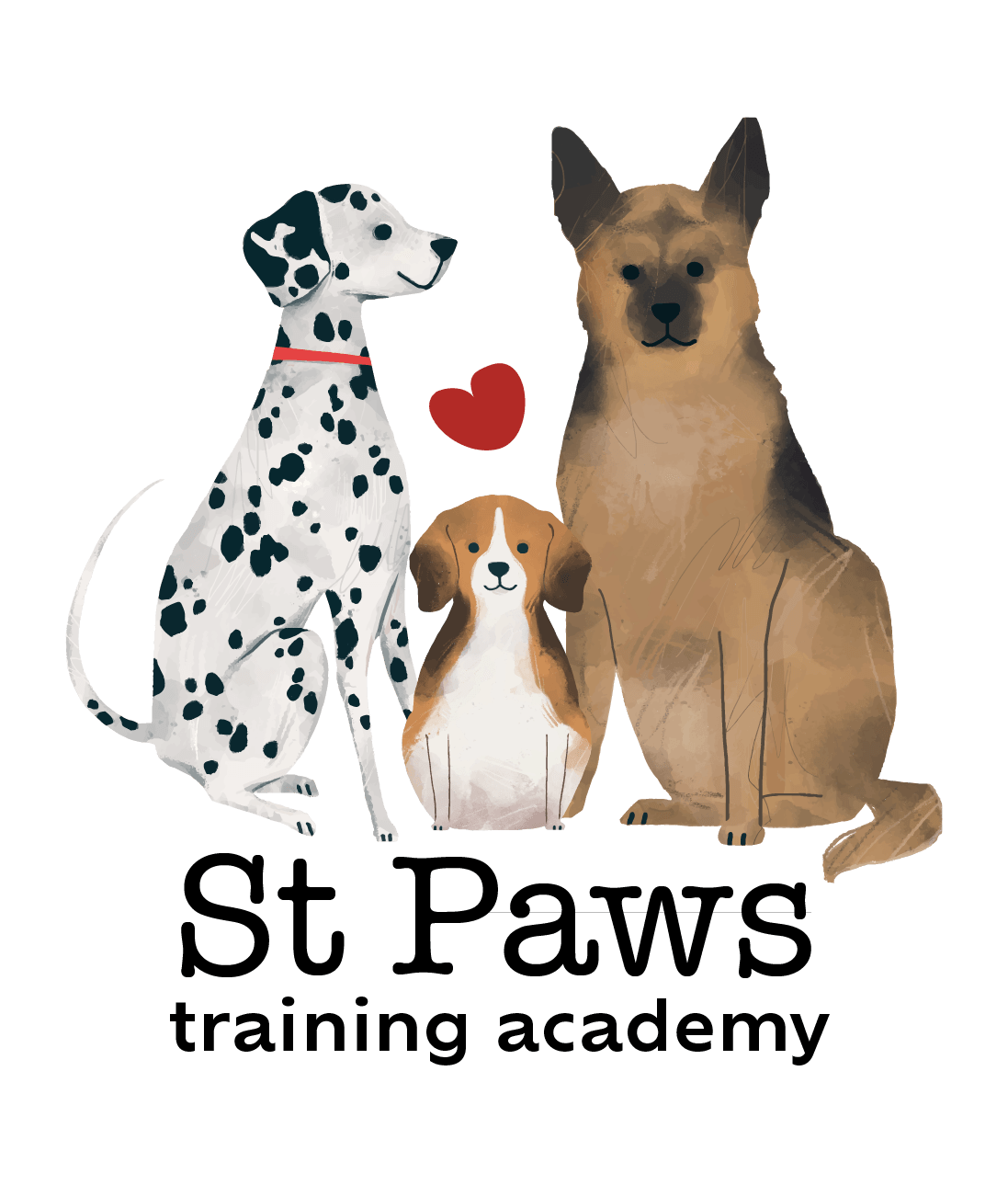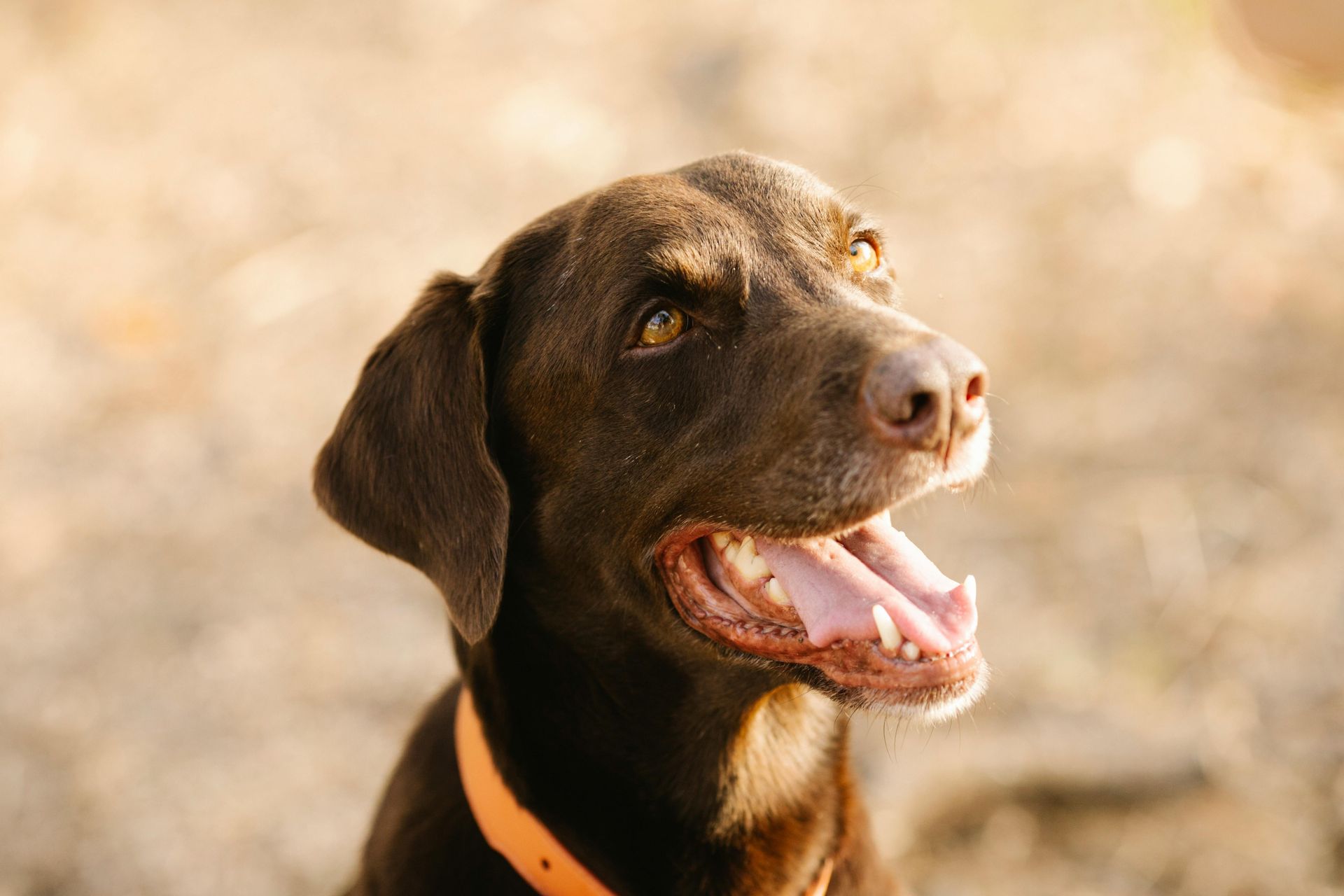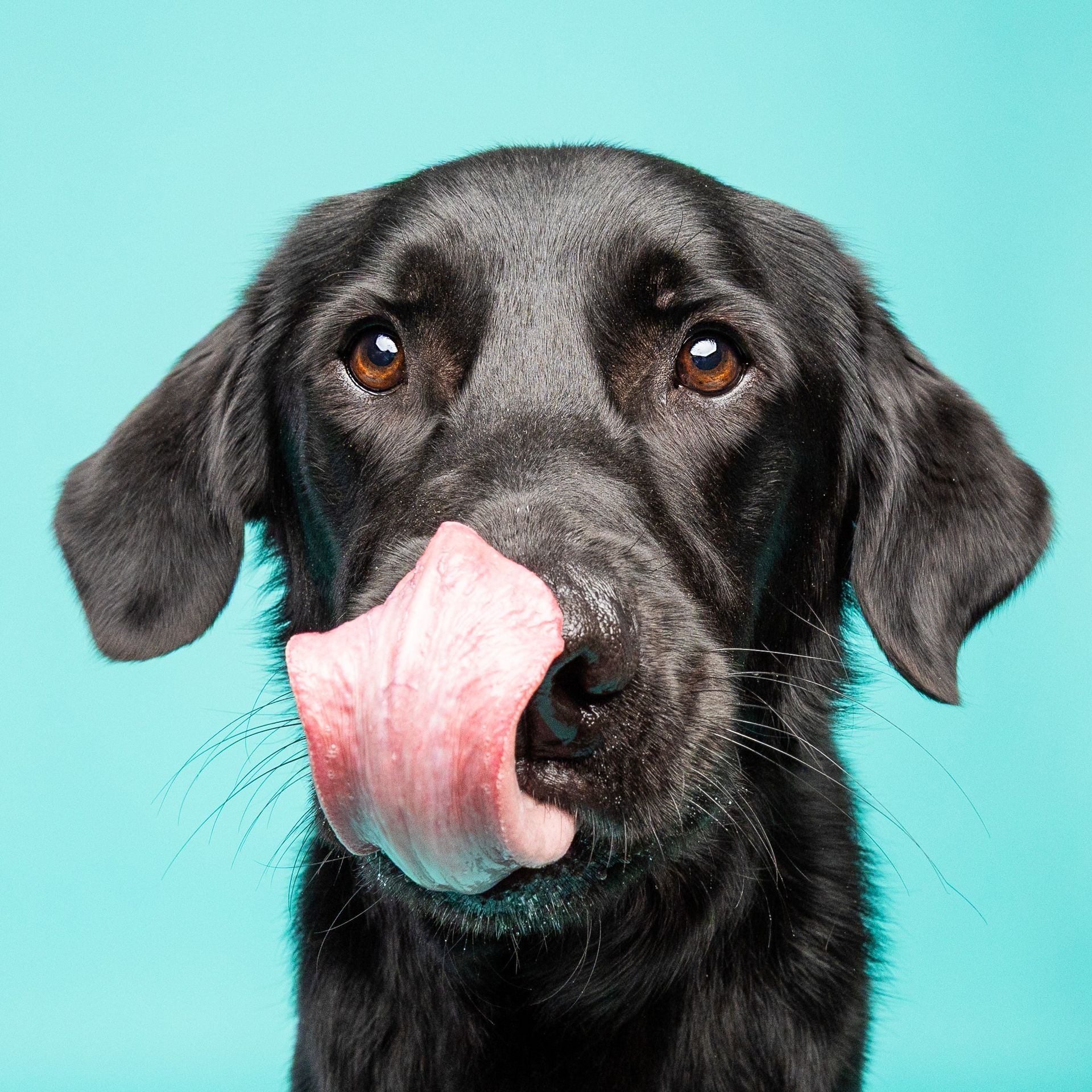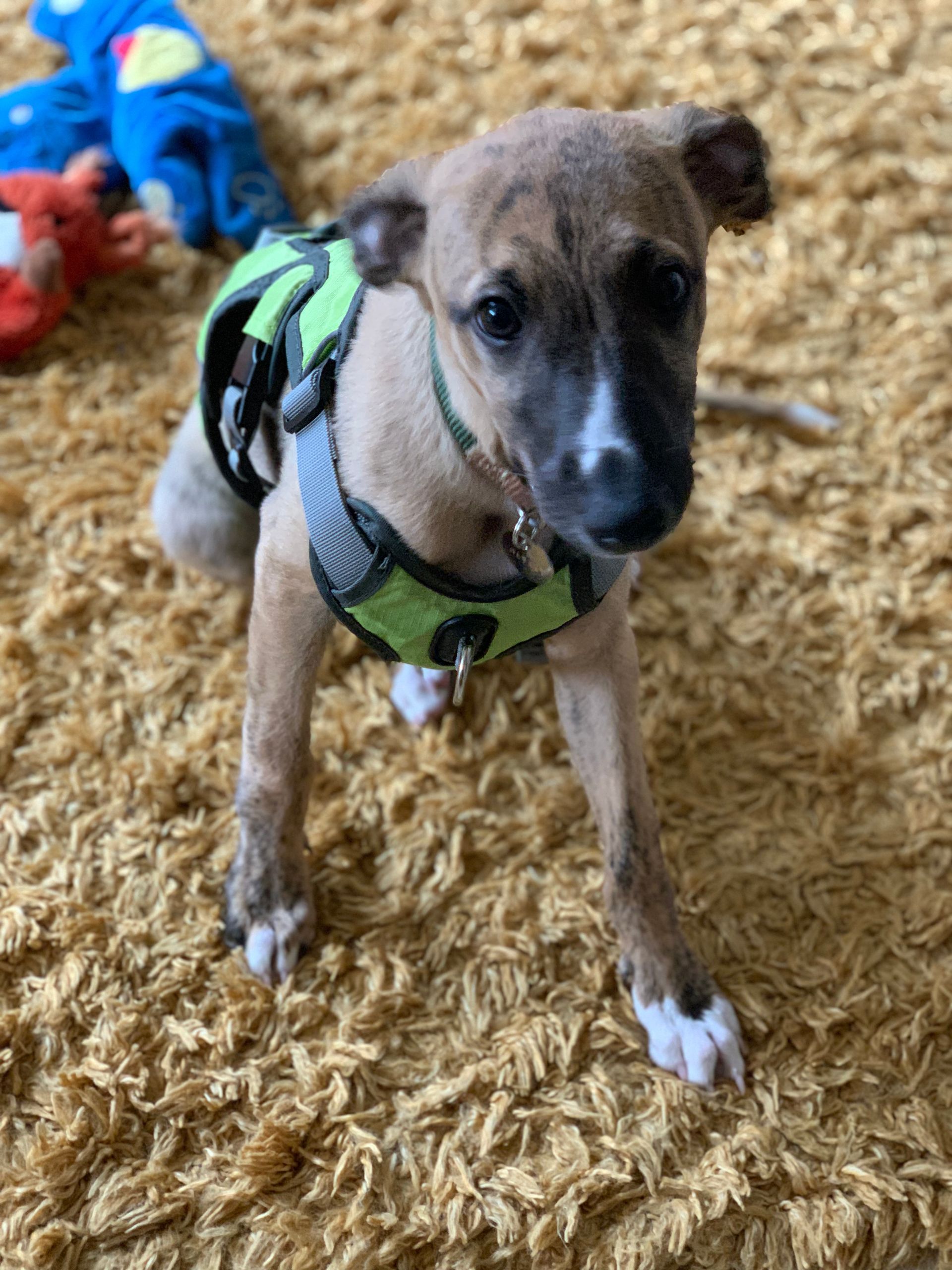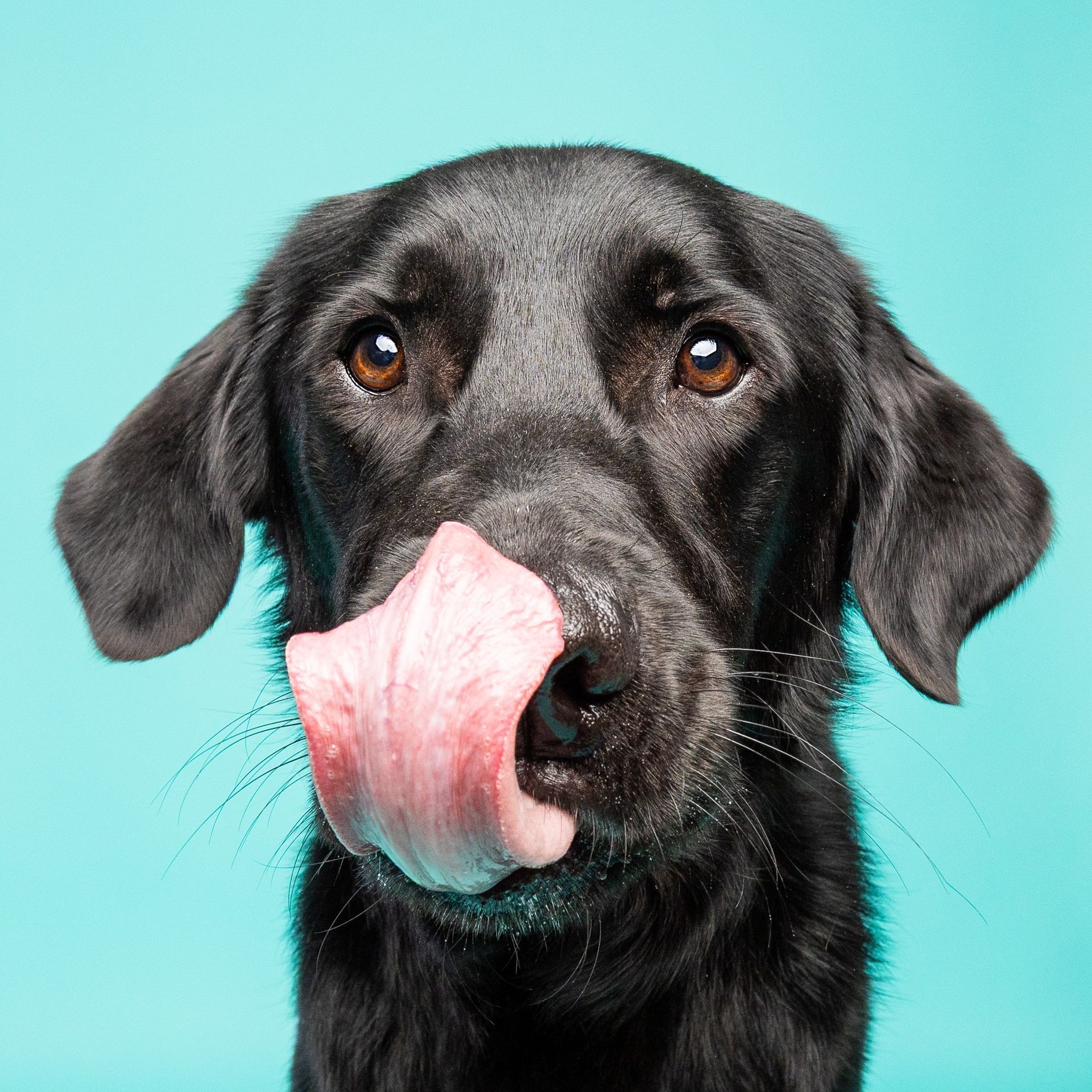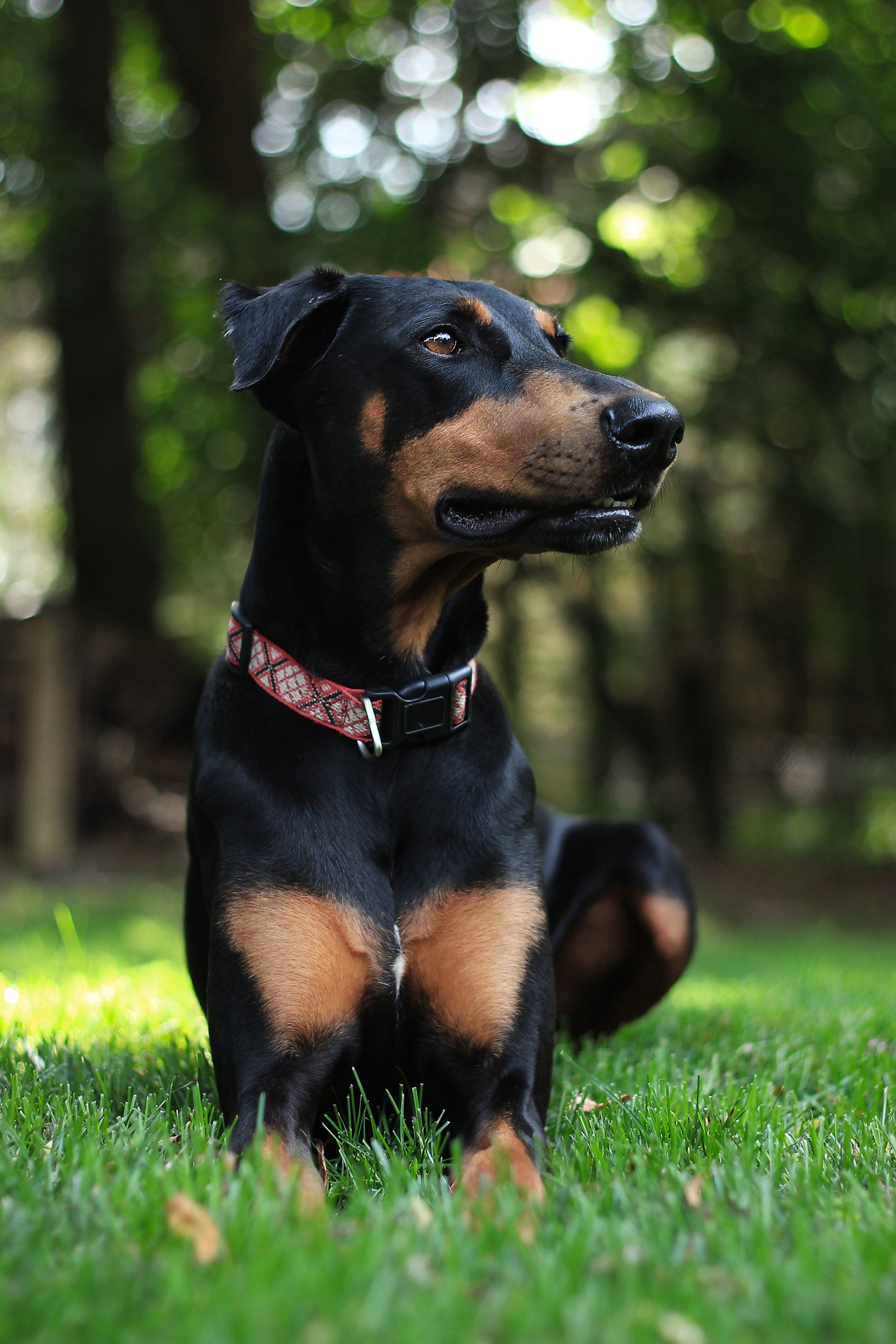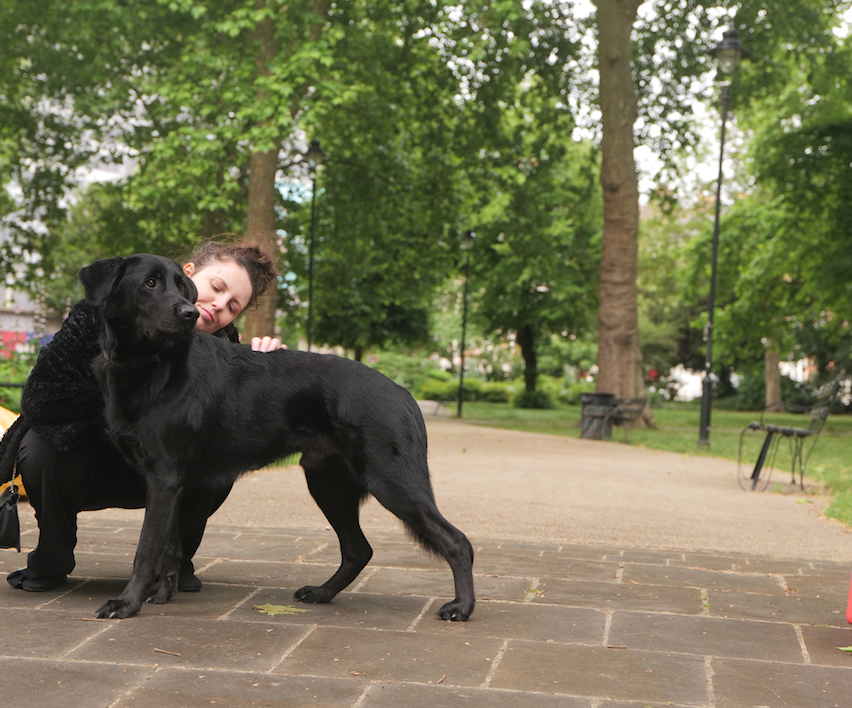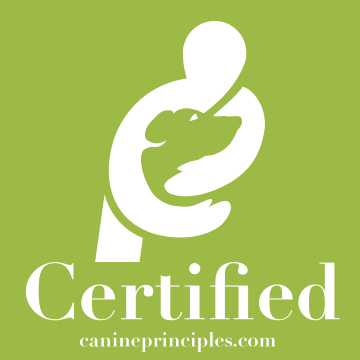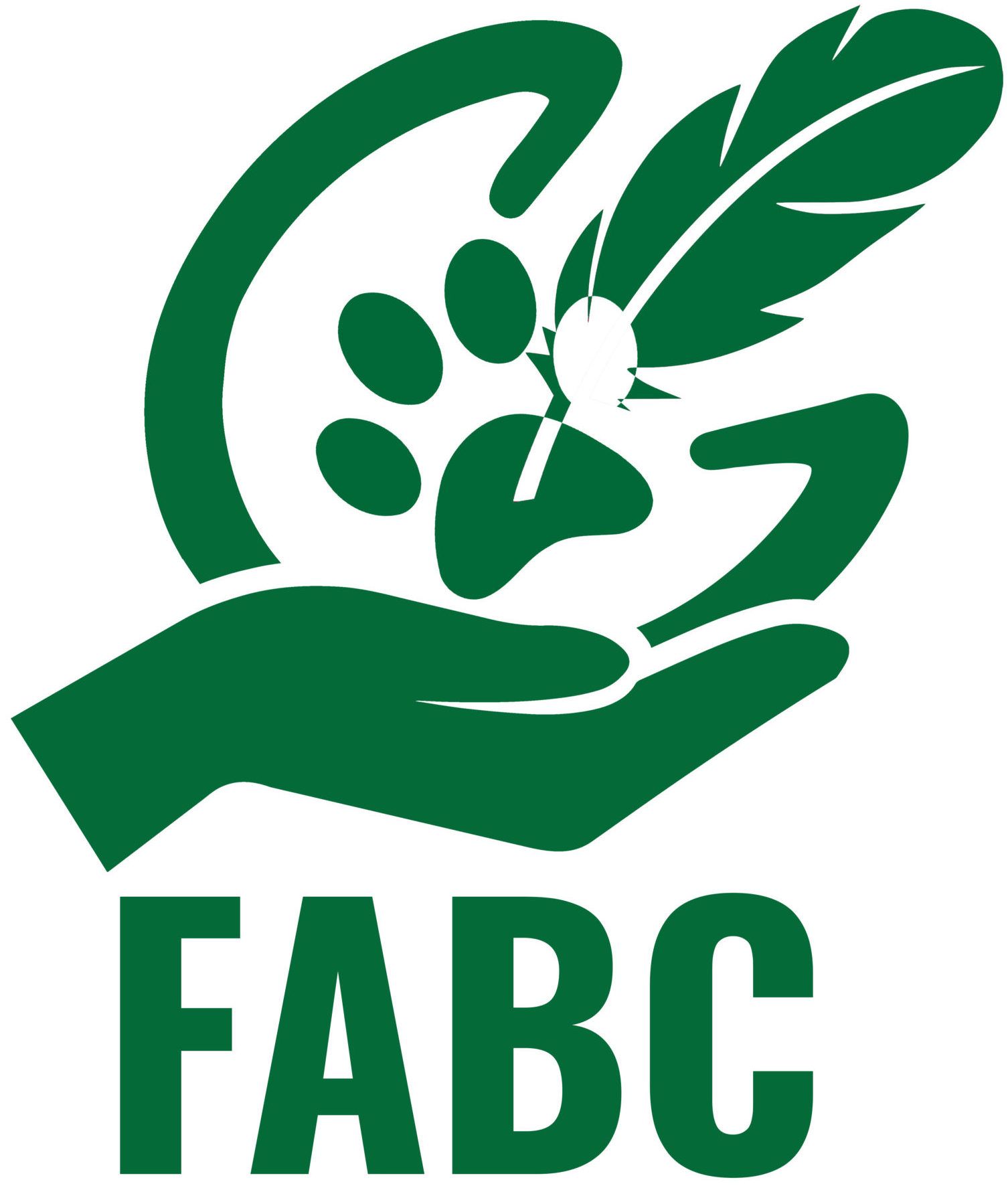Separation Related Challenges
Separation related challenges
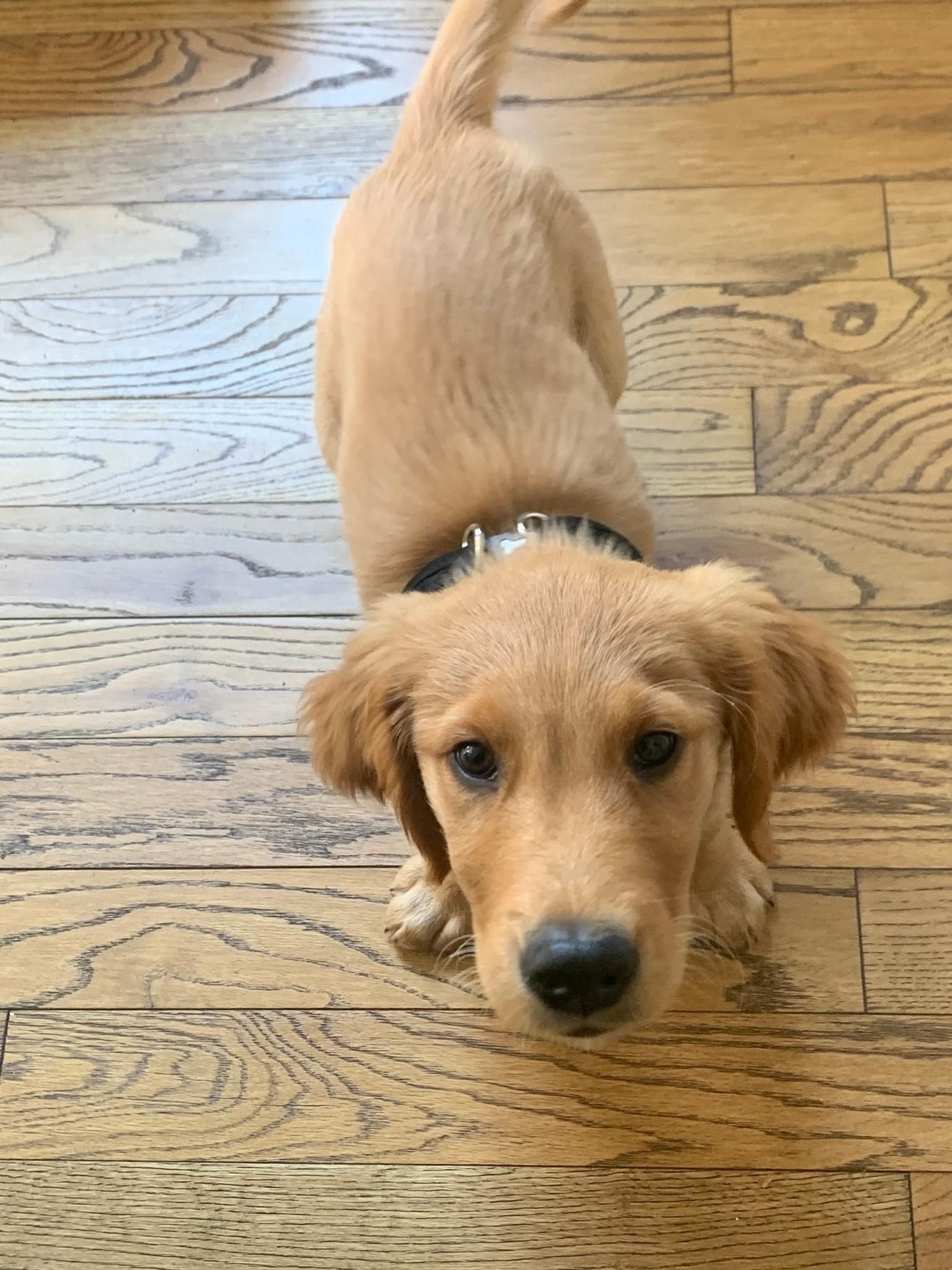
Separation related challenges
In this information document I alternate between the pronouns he and she!
Information on separation
You may have heard that you have made a 'rod for your own back' with your dog, or 'spoiling' them has caused separation anxiety. I am here to tell you, that this is not the case. Dogs from breeders and rescued dogs can experience it. Separation distress can be caused for lots of different reasons. These can include:
- anxiety
- panic
- or frustration
(or all of the above).
Dogs are pack animals so they are genetically programmed to stay close to us. In the wild, as a young puppy it would not be safe for a dog to be alone from their mother (the dam) for too long because of the risk of predators, therefore they would whine and howl to get their mother to locate them.
Anxiety and fear are different in the sense that anxiety is worry that a future threat may occur. Fear, meanwhile, is a response to a current threat that is happening at the time. With anxiety you may notice hyper-vigilance and scanning for danger even if nothing has actually occurred (maybe you've noticed your dog barking when you pick up some keys to move them, or touch your jacket). In anxiety you may notice restlessness and with fear there could be dilated pupils and rapid breathing.
Panic - this can occur very swiftly and involves intense emotions that are maladaptive. This could be barking or urinating when alone. As a displacement activity (an activity to cope) a dog may chew up items or scratch at exits.
Frustration - this can occur when a dog no longer has access to something it has in the past. Sometimes frustration can lead to rage, where by they will actively try to confront something that is scaring them. Maybe a noise outside or seeing something such as a squirrel. They may feel frustrated behind a gate and bite at it in an attempt to escape from it.
If anxiety was caused by dogs sleeping in bed, being stroked or having lots of treats then more dogs would suffer with this! The idea that you should with-hold affection from your dog won't eliminate the behaviour and infact could give them something to be more concerned about.
Reference: Small Animal Veterinary Psychiatry, Sagi Denenberg.
Here are 6 things you may not know about separation anxiety
Emotions
Separation anxiety is triggered by some emotional states. The emotions can include fear, frustration and or panic.
The situation can be relevant
Some panic behaviours can be situation specific. For example, a dog may be fine being left in one room, but not another. This could be because they have had a negative experience in a certain room. For example, they may hear something in one room that scares them therefore the behaviour may be situation specific. If you consider this in relation to a person's behaviour, perhaps a person has had a bad experience in a pub with a person (maybe they experienced creepy behaviour, but have not had this in, say, a cafe. Therefore that person may be hypervigilant about being in a pub, but not a cafe (the location here is important).
Panic behaviours can look like the following
Vocalisation without company (setting up a camera can be helpful to spot signs and see what your dog does when you leave/how long they can be left for).
Clinginess before someone leaves.
When left alone behaviours could be pacing, restlessness or staring.
The sound of the bark is relevant
Repetitive and dissonant barking sounds can be a sign of anxiety.
Chewing can be a sign
To help deal with frustration a dog can chew on big objects such as the furniture to deal with being left or door frames as these can be exit points.
Lots of dogs can experience this
Between 22.3–55% of the general dog population are believed to show separation related signs.
References:
Assis (2020), 'Developing Diagnostic Frameworks in Veterinary Behavioral Medicine: Disambiguating Separation Related Problems in Dogs', Front. Vet. Sci., 17 January 2020 Sec. Animal Behavior and Welfare
Tips for preventing separation
- Popping a cushion between you and your dog on the sofa can help prevent her looking for human warmth all of the time.
- Gradually increasing time away in stages is sensible so she is building up her emotional resilience.
- Have a chew toy and provide it to her when you’re with and not with her (we don’t want her to think of this as a predictive cue that you’re leaving).
- Gradually increase the time away from her so go into another room to drink some water, go in a room to read a page of a magazine, then gradually increase it to reading pages of a book, then calling a friend.
- An activity ball can be a great way of teaching her that there is reward in being away from you as the ball moves away and treats come out.
- Avoiding her shadowing and following you is important so she learns that it is okay to be apart. A pen around the crate filled with enrichment such as chews and toys and licky mats and kongs to explore can help enrich an area. Here is a great group for enrichment ideas.
Signs of separation
Signs of separation anxiety can include panting, urinating, defecating and chewing. However a dog may need the bathroom or have an upset tummy and it is important to rule this out. Chewing is something a dog can also do. Setting up a camera can be helpful when spotting signs of separation distress.
Dogs are pack animals and will naturally seek out human contact (this is known as proximity seeking and dogs (and people!) will do this.
Advice
Some people suggest leave a dog to cry it out. This is NOT sensible! We don’t want her to get distressed and move into panic mode as it’s harder to regulate emotions and a dog is more hypervigilant when they are stressed. They can then move to flight mode which can involve attempting to move away (out of the crate or door) or crying. From an evolutionary perspective, it is sensible to be around attachment figures.. it helps keep us safe from predators. If a puppy was crying in a forest, while their mother was hunting it would be located by hearing their cries.
Dog brains and human brains are very similar and much of the research we have is based on human theory and research.
Separation related training is based on Bowlby’s theory of human attachment there are forms of attachment which include:
Secure attachment – where a baby and a caregiver such as a parent have a relationship where the baby feels the caregiver is their safe space. They are confident that their needs will be responded to and the caregiver will be available. They are then not afraid to explore (and be alone), as they have confidence in that secure base. They also like to be beside you (proximity seeking).
Insecure attachment can be described as in terms such as anxious, disorganised, and avoidant. In terms of anxiety this can involve strategies to calm the feelings down that are akin to don’t leave! Avoidant attachment can be triggered by a feeling that the caregiver is not allowing them to have enough autonomy. Disorganised attachment can be a mix of the two. A painful experience or vet stay may increase proximity seeking.
While you are building up separation, pet sitters can be helpful. Playing radio 4 /audio books can also drown out any noises that may spook a dog outside.
Further reading/websites
Sarah Heath, The Calm Programme https://www.youtube.com/playlist?list=PLqZN_7zSA3lidBgcQtZccm4zHoo6y2dK-
Malena De Martini interview https://www.companionanimalpsychology.com/2020/12/interview-with-malena-demartini-about.html
